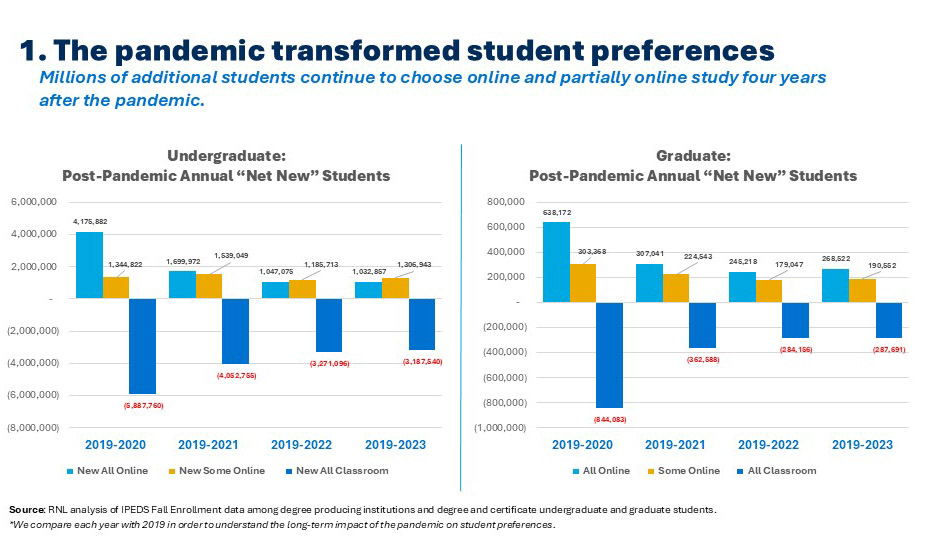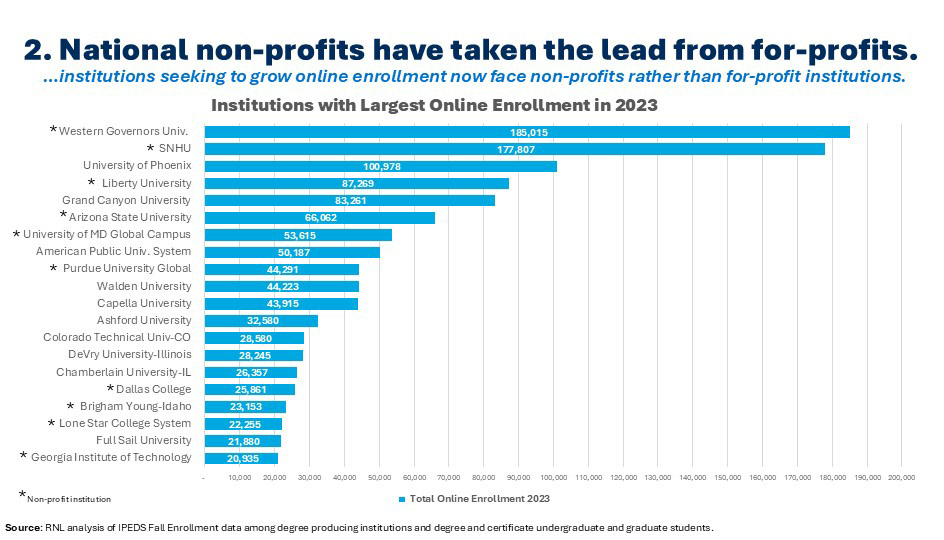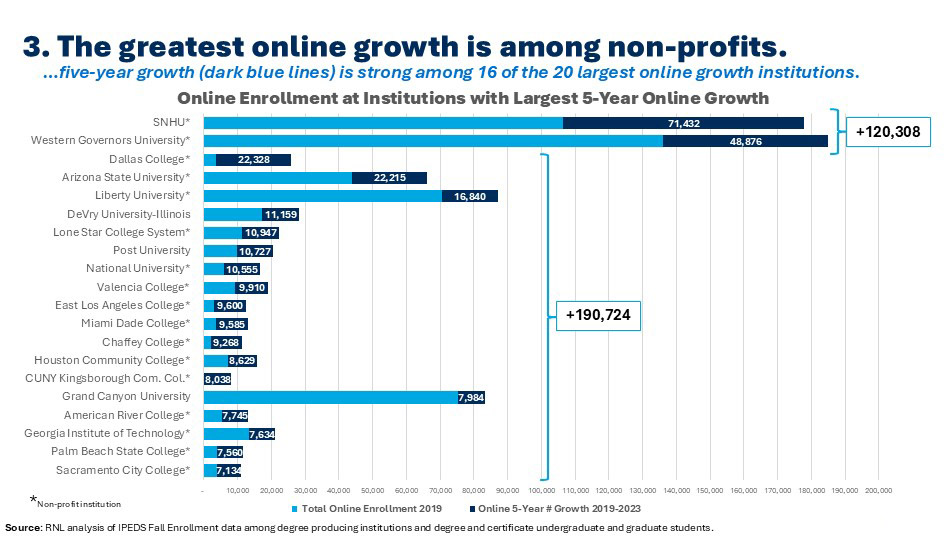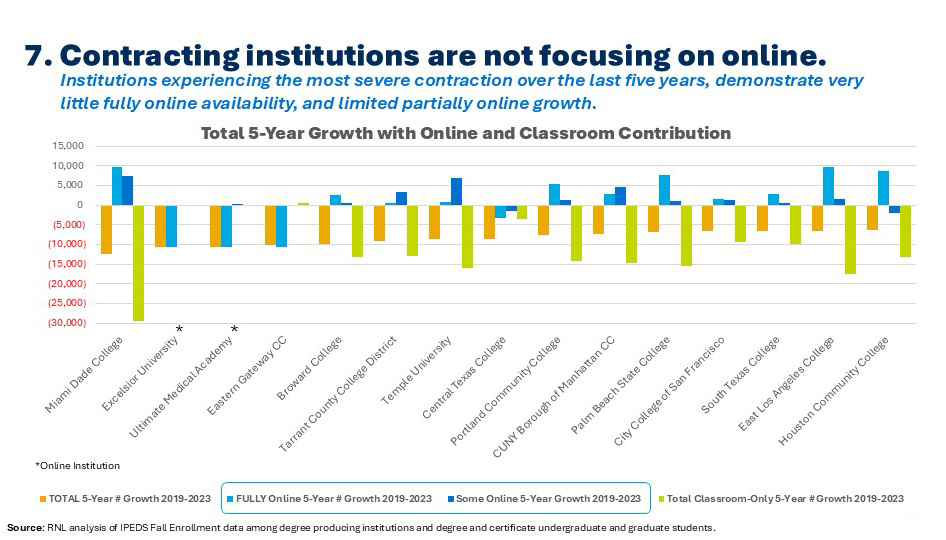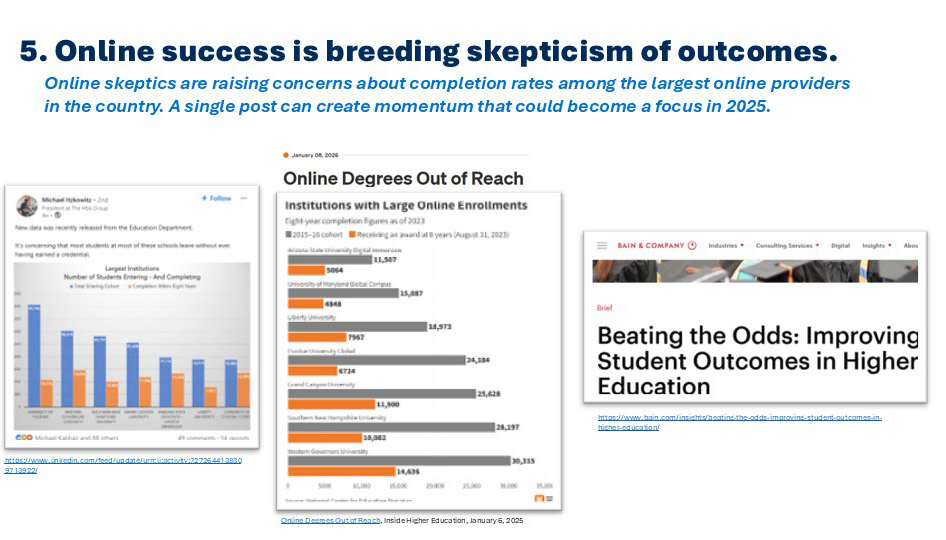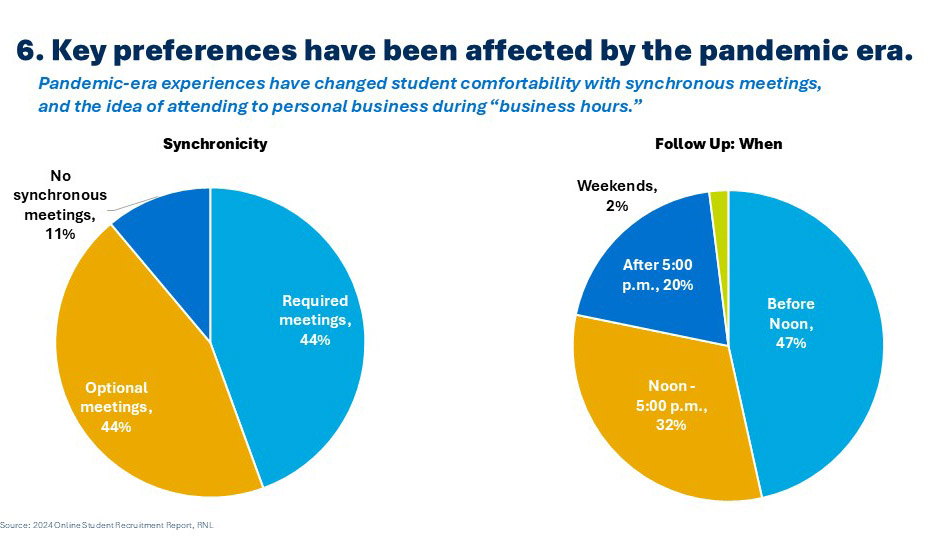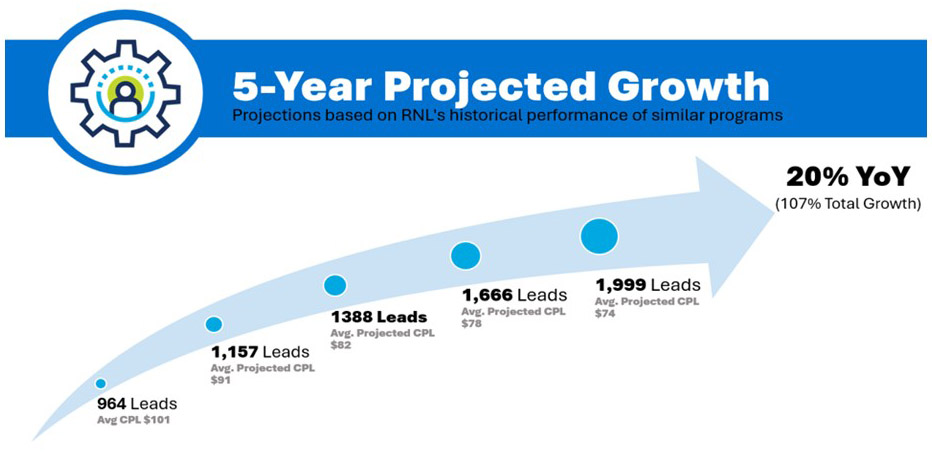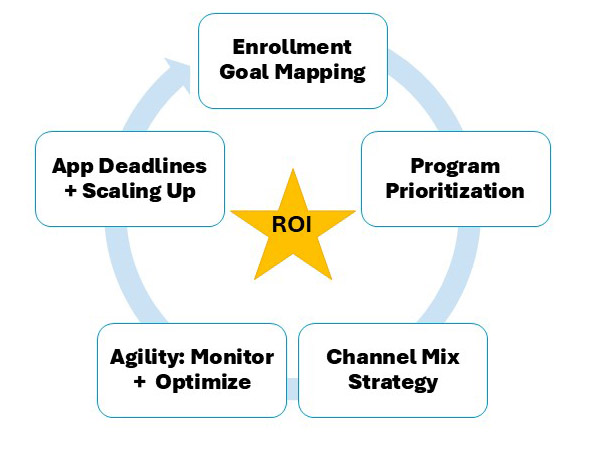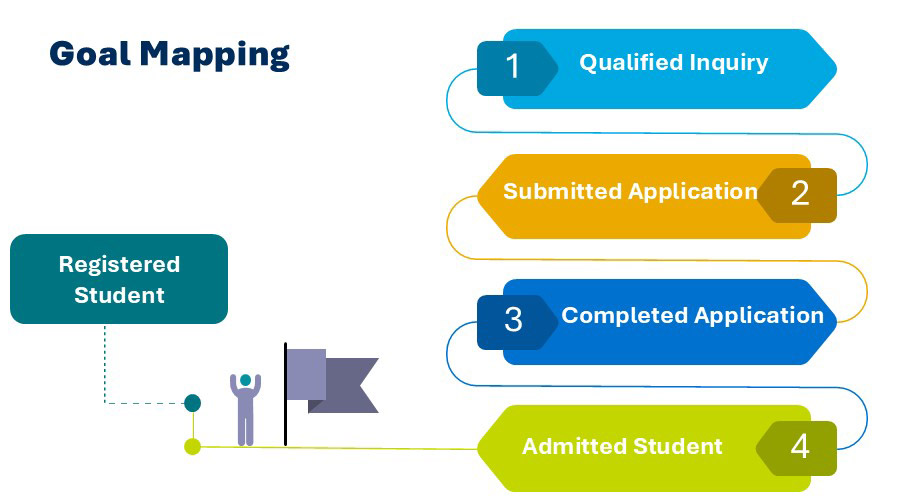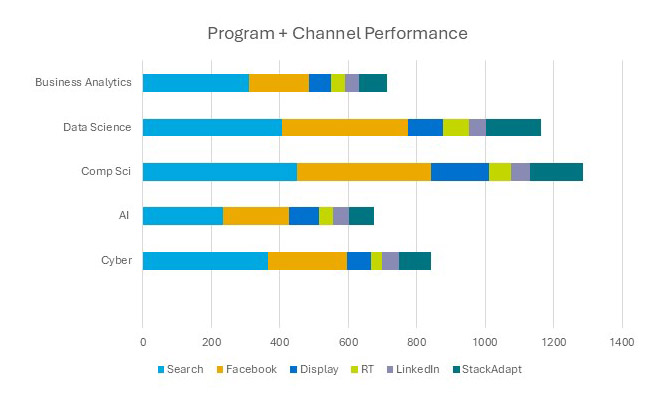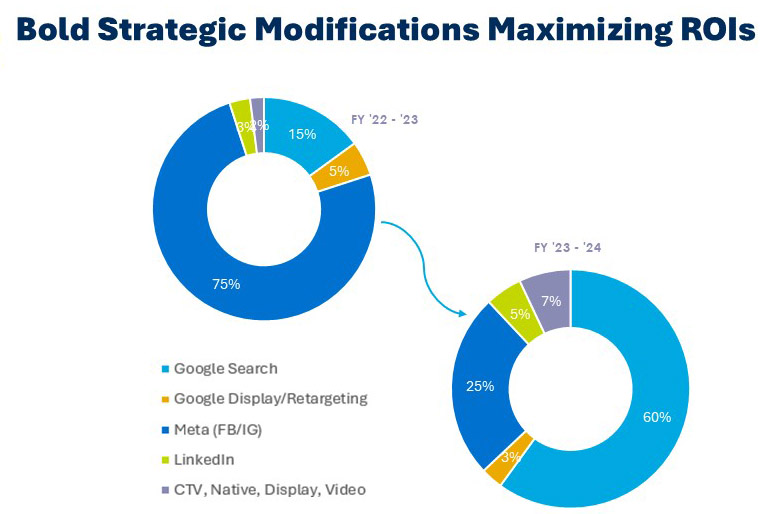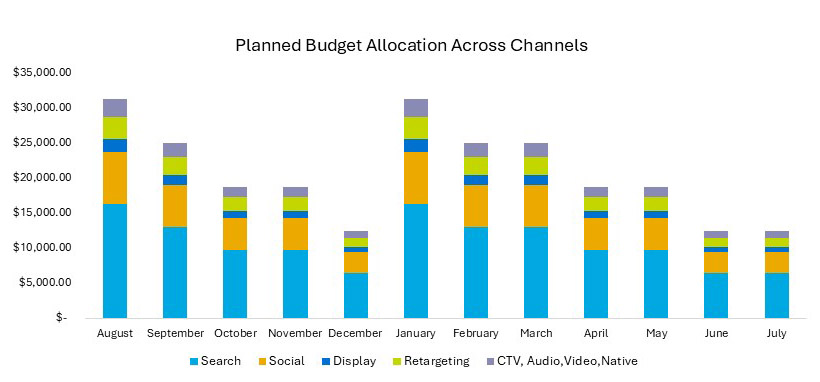You walk into the conference networking event, feeling alone, aware of the steady chatter throughout the room. You look to find someone you might know, you sense your breath growing faster and you experience that all-too-familiar pit in your stomach. You walk deeper into the room, taking a few grounding breaths, and notice others standing alone. You approach another conference attendee, feeling as if you are stepping outside of your body, and in your friendliest tone you introduce yourself and ask, “Where did you travel in from?”
You did it! You initiated small talk with a stranger.
Small talk is a mode of communication that occurs throughout the world, but not every culture engages in small talk to the same degree. In some cultures, it is expected, and in other cultures it can be perceived as inappropriate or rude. In addition to cultural context, one’s perception of small talk and propensity for engaging in it can be influenced by factors including, but not limited to, personality traits, degree of social comfort, mental health and wellness, past experiences, and the setting of the conversation. Small talk can also present specific challenges to language learners, neurodivergent individuals, people who are unaccustomed to talking with strangers and many others.
Merriam-Webster Dictionary defines small talk as “light or casual conversation: chitchat.” (Seeing the word “chitchat” immediately brought me back to kindergarten, when my teacher, Mrs. Barker, would frequently say, “Kay, stop your chitchat.”) Cambridge Dictionary defines small talk as, “conversation about things that are not important, often between people who do not know each other well.” The emphasis on “not important” can give the impression that small talk is useless, however, within the U.S cultural context, small talk holds great importance in connecting individuals and laying the foundation for more substantial communication. Think of small talk as the gateway to more meaningful conversations.
When done well, small talk relies on improvisation and adaptability, allowing for a flow of information and often uncovering unexpected insights and mutual interests. When I think of small talk I think of it as jazz, with each person riffing off the other to create a connection and to also make meaning in the moment. Effectively engaging in small talk by establishing commonalities can open a door for a future collaboration, expand your professional network, build rapport leading to a career or academic opportunity, enhance confidence and ease tension in an interview.
Do you wish that small talk felt less awkward and more meaningful? Apply these strategies to reduce your small talk stress and to contribute to your career success:
- Get curious. Harness your curiosity as you engage in small talk. Take the scenario we began with: Someone might ask, “Where did you travel in from?” because they are generally interested in meeting people from different parts of the country or world. Someone else might ask this question as a gateway to finding a future collaborator from a specific country or academic institution. Don’t just ask questions for the sake of chatting, but rather ask about topics in which you are genuinely interested. This approach will make engaging in small talk more enjoyable and valuable to you, and your interaction will feel authentic to the person with whom you are speaking.
- Listen actively. As the other person responds to your question, try to refrain from planning what you will next ask, but rather focus on absorbing what they are sharing. Consider reflecting an aspect of something they mentioned. For example, if in response to “Where did you travel in from?” they say, “I flew in from Greece last night, and this is my first time in the States; I’m a Ph.D. student at the University of Crete,” you might empathize with their journey and ask how long they are visiting. After further discussion, you might feel inclined to offer to host the individual if they plan to travel around. Your one question, the one that initiated the small talk exchange, could even lead to a lifelong professional relationship.
- Consider the context. The definition of small talk in the Cambridge Dictionary refers to a “conversation about things that are not important.” I would challenge you to not dismiss small talk as trivial but rather leverage it for more meaningful conversation. When thinking about the setting in which you are engaging in small talk, you can guide the conversation toward greater meaning. It would be odd if the individual attending the networking event at the conference opened the conversation with their name and asked, “What do you think about the weather?” This question would seem very disconnected from the event and purpose of the networking session. However, if the individual were waiting outside at an uncovered bus stop, it might be natural to strike up a conversation about the weather. Having an awareness about the context and setting will lead to an authentic conversation.
- Have go-to questions. While you don’t want to arrive at every occasion with a script of possible questions, it can be a good exercise to reflect on the things about which you are genuinely curious. When attending a conference networking event, you may be interested in hearing about individuals’ career paths, learning about their research, gaining their advice, etc. In developing questions, focus on ones that are open-ended, where the response requires more than a yes or no. You might ask, “Which conference sessions are you most interested in attending?” Maybe that seems unimportant to you or even a bit superficial, but hearing about the other individual’s interest might inspire you to attend a session you would not have initially chosen. As the conversation unfolds, so will the opportunities to guide the conversation toward more meaningful topics, and you might next ask, “What research projects are you currently working on?”
- Practice. It is likely that you have attended interview preparation and practice sessions but far less likely that you have attended a small talk training. This is not your fault. My plea to my fellow career development practitioners is this: If we know that many individuals approach small talk with feelings of discomfort or dread, and we also recognize that it is an important skill that leads to positive career outcomes, then we need to actively train and create opportunities for our students and postdocs to practice small talk in low-stakes settings. Consider building small talk into your interview preparation offerings, add a small talk learning module to an upcoming campus networking event, collaborate with your campus’s English language learning program to incorporate small talk activities and reinforce the many places and spaces where your students and postdocs are already engaging in small talk. An example would be when a student comes in for an appointment and asks, “How was your weekend?” By asking they might learn, for instance, that you were recently in Miami, a city on the top of their list of places to visit. In this exchange you could draw attention to how the student effectively engaged in small talk, reinforcing that it is a skill they already possess.
- Know what topics not to lead with. In the U.S. cultural context, it is safe to say that you would not want to lead small talk with questions about politics, religion, finances, health or overly personal topics. Aspects of these topics might be categorized as sensitive or controversial and can create tension and lead to misunderstanding. Through engaging in small talk, you should be building a foundation of connection that can facilitate greater openness toward engaging in more meaningful topics. That said, maybe you are at the American Political Science Association’s annual meeting—in that context, it would be common for the small talk to include politics. The setting and context can serve to guide the topics and direction of the small talk.
In academia, where emphasis on depth and scope of knowledge is highly valued, small talk can be easily viewed as a burden and overlooked as a necessary competency. But by applying a few small talk communication strategies, you will find that it can open doors and enhance career success. If you have yet to do so, embrace small talk as a skill worth developing, and get out there and chitchat. The effects on your professional life could be both profound and long-lasting.










